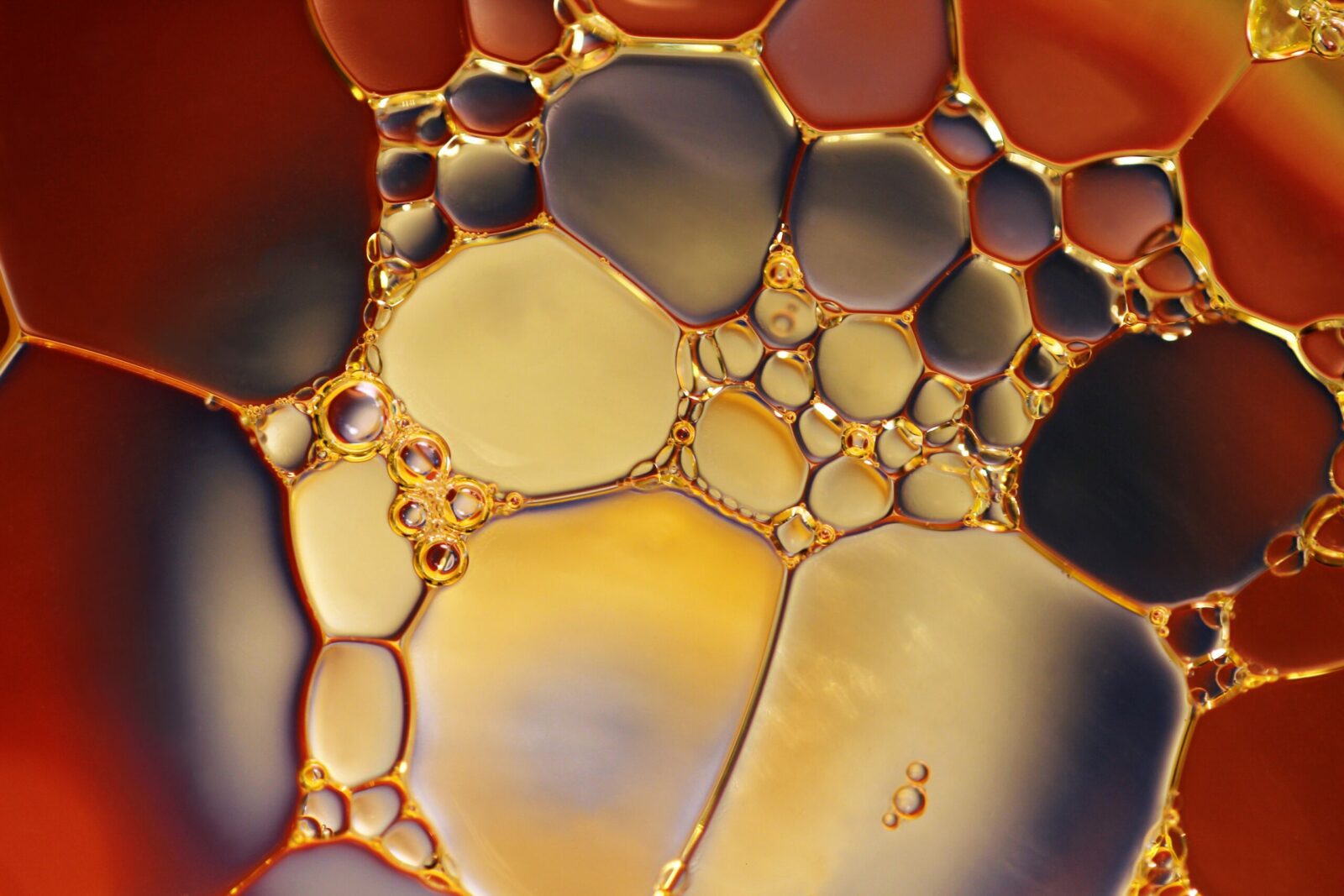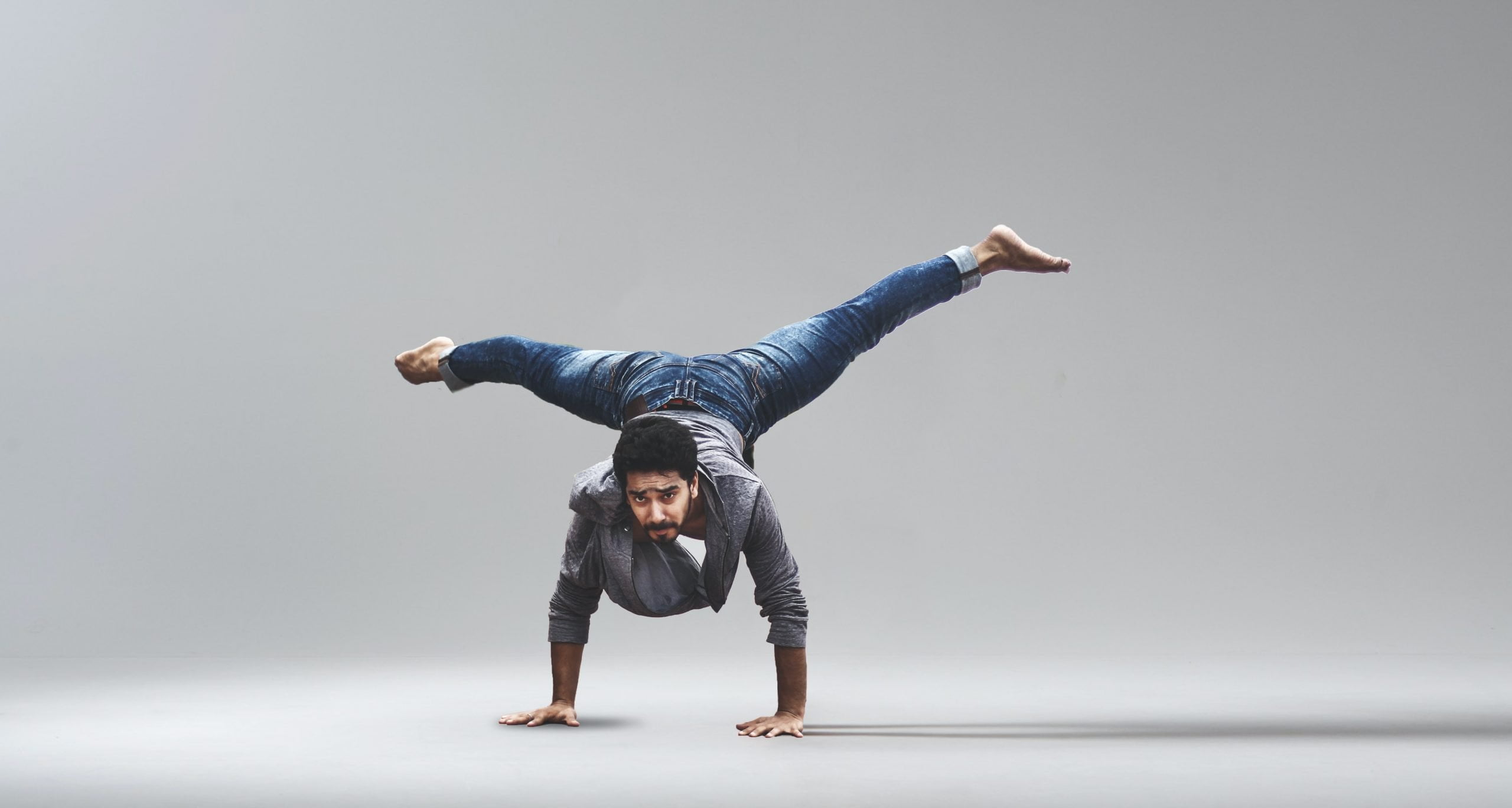Every one of us who is a fitness fanatic wants a more significant bench press. People ask what someone’s bench is… But this question should not be your reason for improving your chest strength. An idea should be a desire to progress in your fitness goals. Real motivation comes from within. Let us start with the anatomy first…
Better Bench?
Chest muscles consist of:
- M. pectoralis major
- M. pectoralis minor
Other muscles of the thorax region:
- M. serratus anterior
- M. external intercostal
- M. internal intercostal
- M. sternalis
- M. subclavius
- M. transversus thoracis
We are only going to cover the main two muscles, which are m. pectoralis major and minor.
M. Pectoralis Major

The pectoralis major is one of the joint shoulder muscles. Its a thick, fan-shaped tissue at the upper and forepart of the chest.
The origin of the muscle is located at nine different locations; we are going to start from top to the bottom;
- Clavicle
- Manubrium
- Second rib
- Body of sternum
- Third rib
- Fourth rib
- Fifth rib
- External oblique
- Sixth rib
It inserts at the humerus.
Its job is shoulder flexion, shoulder extension, horizontal shoulder adduction, medial shoulder rotation, and shoulder adduction.
M. Pectoralis Minor

The pectoralis minor is situated beneath the pectoralis major at the upper part of the thorax. It is a triangular shape and very thin muscle. The origin of the muscle is located from third to the fifth rib and attaches to the scapula. Its job is scapula depression, scapula abduction, downward scapular rotation, and ribs elevation.
When we know what the function of the chest muscles are and where are its origins and insertions, we can play with the exercises to hit every angle, making our chest the biggest and the strongest we possibly can. I want you to take full advantage of the anatomy of a whole body…knowledge is power.
Healthy shoulders results in strong bench press
Shoulder pain is the biggest enemy of fitness advancement. Everything goes through your shoulders. From the overhead press, chest press, rotations, abductions/adductions of the shoulder, rowing, … after all, if you have bad joints, it creeps into your squat, as we need mobile shoulders to get behind the barbell into an excellent squatting position.
So we need to make sure our shoulders are durable and in a good position. We need to focus on the smaller muscles. These are the muscles of the rotator cuff:
- Infraspinatus
- Teres Minor
- Supraspinatus
- Subscapularis




Each of these muscles has a function. Infraspinatus and teres minor do external shoulder rotation while subscapularis does internal shoulder rotation. Supraspinatus participates in shoulder abduction. We must do the exercises for these muscles as they will later help us to keep our shoulders free from pain.
The best exercise we can do is with elastics because it is constant tension on the muscle, and we can adjust the difficulty of the activity. The great thing about resistance bands is that we can use it anywhere; at home, at the job, in the gym, in nature, on holidays,… there is no limitation. And the best thing is, it is very cheap!
Protect your wrists when you load the bar!
Wrists and wrists again. When they start to hurt, it can often be too late, so it is crucial to protect them with appropriate aids such as wrist wraps, especially when you are doing heavy loads. Wrist wraps will help keep our wrists supported and maintain a neutral position. A neutral position is most optimal not only for our wrists but also for the transmission of the force. As a result, we will also be able to add numbers to our bench and get better results.
The three kings for chest muscle growth
As you can see, M. pectoralis major, which is the biggest of the chest muscles, has nine different origins. And what does that mean for our exercise program?
We want to include exercises, which approximate the point of origin and the point of insertion. If we’re going to develop our chest to the best of our abilities, we need to train at different angles to hit the upper, mid, and lower portion of the chest. Exercises that will help with that are:
- flat bench barbell/dumbbell press
- incline bench barbell/dumbbell press
- decline bench barbell/dumbbell press
Now be mindful about this. If you are a beginner, you should NEVER jump to these exercises straight away. The first thing to do is to develop the central nervous system to be more efficient with controling the exertion of the muscle so that you don’t get injured when you are trying to balance a barbell or even a dumbbell.
Alternatives to bench press or a dumbbell press

The safest route for a beginner to build strength without injury is bodyweight exercises, such as modified push-ups, for example, push-ups on the knees. Then you can start with regular push-ups and move on to different variations. You can try TRX. If you don’t have TRX, you can make it by yourself with some rope, handles, and attach it to the ceiling.
If you don’t like TRX and want to challenge yourself, you can also buy gymnastics rings. You don’t need a gym membership and fancy equipment to build a strong and muscular chest. Sure it doesn’t hurt to be in a gym, but have you ever looked at gymnastic athletes? They have one of the most impressive physiques out there.
But what exercises to start with?
You can simply start, just like with TRX, feet on the floor, and do straight push-ups with gymnastics rings. Then you can slowly move legs away from the rings, making it harder and harder. When you feel comfortable with this modification, you can move onto dips. From there, you can always challenge yourself for a set of muscle-ups. And if this is not enough, you can also add a weighted vest and make it even harder.
Consistency is the key to success
The best routine is the one you will stick to it. Consistency is the key to success. And this doesn’t apply only to fitness but to life as well. If you want an example, what a workout should like, I can give you some headers, but eventually, you need to find out what works the best for you. Everyone is different, but some things apply to everyone. And that is the connection between our muscles.
You see, a powerful bench press isn’t only about the chest. A lot of other different muscles contribute to a heavy bench press. And this is why we need to train our whole body. Emphasis should always be on our back and glutes because they are one of our primary stabilizers of the spine.
M. latissimus dorsi, M. gluteus maximus, and thoracodorsal fascia together form the posterior oblique system and function in union with the internal stabilizer unit. These include:
- Transversus abdominis,
- pelvic floor,
- multifidus (spinal muscles)
- and diaphragm / respiratory system
You should always combine some kind of rowing exercises with your bench press. You can do it on the machine, with a barbell/dumbbell, or simply do pull-ups with a supinated grip, to emphasize on the retraction of the scapula. Not only will it warm up your shoulders, but it will also help you be in control when you start bench pressing.
A strong foundation drives a fantastic bench press.

Conclusion
Implement exercises based on the anatomy of the muscle. Focus on compound exercises and take care of your shoulders and wrists. If you are a beginner or don’t have a gym membership, try bodyweight exercises and go from there. Focus also on the other muscles, such as M. latissimus dorsi and M. gluteus maximus, engage your core, and grow those chest muscles. Be patient and consistent with the training.
I sincerely hope you found something useful in this article, and I wish you the best of luck with your fitness goals!

